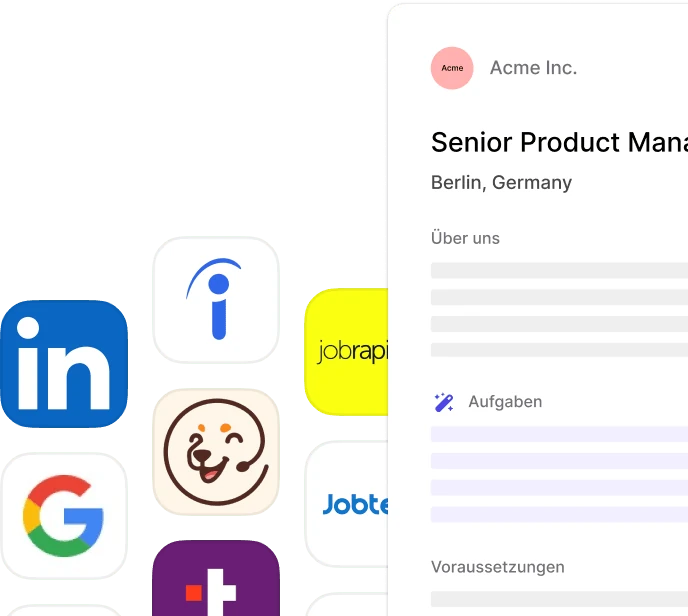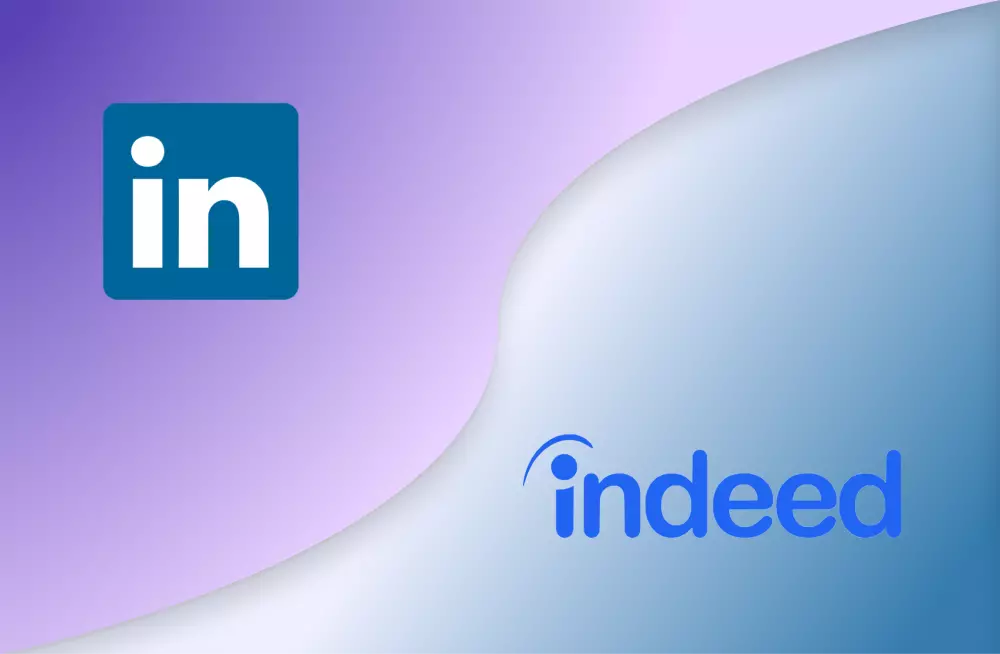5 tech recruiting challenges (and how to overcome them)
Table of contents
Tech recruitment can be challenging, especially in today’s tight market and fast-paced recruiting space. But it’s definitely not impossible to find, attract, and hire top talent.
Table of contents
After talking to clients, and looking at our own experience in tech talent acquisition, we identified some common pain points when trying to recruit tech talent. And although specific struggles and challenges may vary depending on your business, niche, and the role you’re hiring for, chances are you’re facing the same hurdles.
In this article, we outline some top challenges recruiters face when recruiting IT and tech professionals, and we unpack what steps you can take to overcome them. Learn how to recruit tech talent like a pro, below!
5 common tech recruiting challenges and solutions
Note that many of these challenges are similar to those faced when recruiting for other industries. But arguably nowhere are the challenges faced so fiercely as in the IT and technology space.
Exact numbers may vary by geographical location or the specific type of tech skill that is needed, but globally, research suggests that 70% of digital leaders can’t keep up with tech trends due to a lack of skilled workers.
The global tech talent shortage is, as 2023 draws to a close and 2024 approaches, still at a remarkably high level. And that’s even despite massive rounds of lay-offs in large tech companies like Meta, Netflix, and Assure. Because although well-known tech companies have fired thousands of IT professionals recently, it’s still not enough to compensate for the large-scale tech talent shortage across the globe.
So, let’s dive into some challenges faced while recruiting IT professionals, and how you can overcome them for your business.
1. Tech talent is expensive
And this part is especially tough as the world is on the verge of plunging into a global recession. It’s already challenging to keep hiring in times of uncertainty, let alone if you have to dig deep into your pockets to attract tech employees.
Unfortunately, since demand is much higher than supply, truly skilled IT and tech professionals are expensive. This tech-pay bubble has been growing steadily over the past years, with tech salaries reaching all-time highs.
Luckily, although as a recruiter you can’t change this trend, there are ways you can recruit tech talent while sticking to your budget.

For example, you can consider global recruitment, expanding your search outside the physical location of your company. By being open to foreign and/or remote talent abroad, you may be able to find qualified candidates at a lower cost than the tech talent back home.
Furthermore, you want to make your recruitment process as lean and efficient as possible. The more streamlined your process, the less time and money you will waste on ineffective recruitment.
From leveraging the power of artificial intelligence (AI) to moving your recruitment in-house (instead of hiring a recruiter). For more in-depth, actionable steps to achieve this, check out the following articles:
- How to make AI part of your recruitment strategy
- Should I hire a recruiter?
- Recruitment automation: How to optimise your recruitment process
2. Great, qualified candidates are hard to find (and reach)
Since tech talent is in such high demand, finding (and engaging with them) is becoming increasingly difficult. Great IT professionals are constantly contacted by recruiters, sometimes long before they’ve even considered actively looking for and applying for new jobs. And once they do look for jobs, they are faced with an overwhelming amount of suitable job openings.
This means that, as a company, just putting your job ad on your career page and LinkedIn and waiting for the applications to come in probably isn’t going to cut it any more.
Instead, you have to increase your reach by better targeting the talent you need in more than one place. For starters, consider those global recruitment tactics we mentioned earlier. Furthermore, think of different (out of the box) ways to reach candidates. Examples can include:
- Targeting niche job boards for IT professionals
- Organising a company hackathon event
- Being open to the diverse talent that other companies might overlook, such as hiring people with invisible disabilities
3. Technical skills and requirements are constantly changing
This third point also makes tech recruitment incredibly difficult for hiring managers and recruiters. The digital workspace is advancing faster than ever, with new technologies and tools popping up every day.
This means that what you might have looked for in a tech professional two years ago might no longer count as a relevant skill set today. As a non-technical recruiter or hiring manager, it’s challenging to keep up with these constantly shifting tech skill requirements.
To tackle this problem, try first to look internally if any of your current employees might be able to help. They can either advise you during the hiring process or perhaps you can provide training to upskill them, so they can better meet and understand today’s technical requirements.
Furthermore, when writing your job ad, try to focus less on writing it for a specific role, but rather on the holistic skill set a candidate needs to grow, adapt, and keep up with technological developments.
Some suggested reads:
- Hiring software engineers as a non-tech recruiter
- How to start agile recruiting
- 10 strategies to optimise recruitment process
4. The competition is incredibly fierce
Standing out from other employers is more difficult than ever. And this is partly due to a generational shift happening in the workplace. The new generation of talent is here, and Gen Z has high expectations.
In the past, employees were considered the lucky ones if an employer would have them. Now, the tables have turned. Not only did we witness the Great Resignation, but in general young professionals don’t stick around a job any more if it doesn’t meet their demands.
That’s why topics such as employer branding, social responsibility, and diversity, equity, and inclusion (DEI) are all areas that you as an employer need to focus on to attract (and retain) top talent.
To learn more, check out these articles:
- How to develop your employer value proposition (EVP)
- Employee retention and what you can learn from startups: An interview with Culture Amp
- A collection of articles on diversity, equity, and inclusion
5. Tech recruiting time frames are tighter than ever
Last but not least, recruiters have to be incredibly fast. Due to the many companies competing for the same talent, qualified technical professionals don’t have to patiently wait for you to slowly funnel them through your hiring and interviewing process.
Chances are, they’re taking interviews at several companies at the same time. And whether your business is better than the competition’s is becoming less important. If you take a week to reply to a candidate while your competitor replies within a day, chances are they’ll scoop up the talent before you have time to prove your worth.
The solution is to optimise your hiring process to work faster and more efficiently. You should aim to cut down your time to hire as much as possible (while not jeopardising the quality of your process).
Finding this balance between quality and speed can seem complicated, but these resources will help you get there:
Frans Lelivelt
Frans is JOIN's multilingual Senior Content Manager. His main topic of interest in the recruitment space is DEI and how companies can reduce their (unconscious) biases to make the world of work a fairer, kinder place for everyone. Outside of work, he tries to do the same for animals, spending much of his spare time in the kitchen preparing plant-based feasts.


